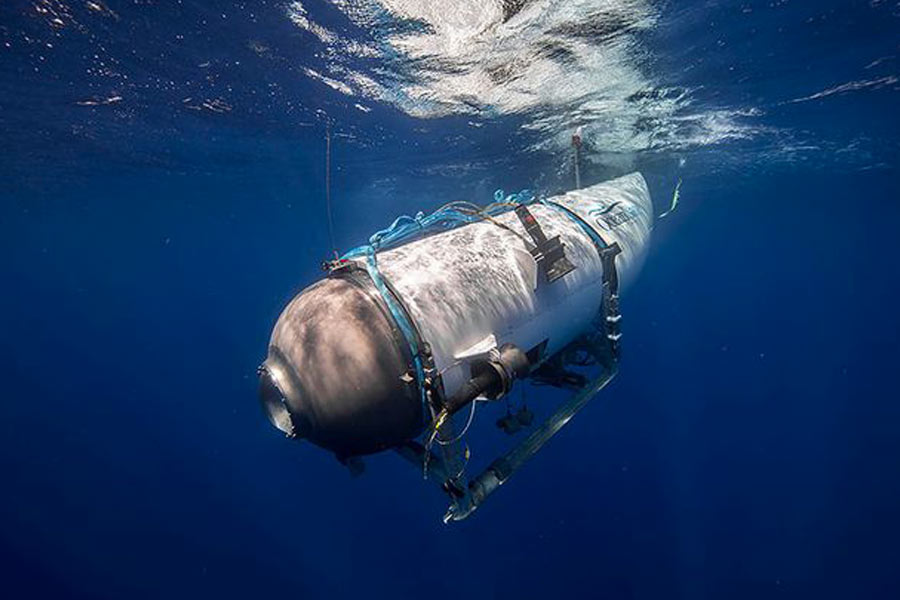It is impossible not to make a connection between the fateful voyage of the Titanic and that of the Titan, which set off to view the watery wreckage of the ‘ship of dreams’ earlier this month. Both voyages were marked by inadequate safety measures. Had the Titanic been equipped with more lifeboats, 1,503 passengers would not have lost their lives. Similarly, had the Titan’s makers heeded a 2020 warning by more than three dozen experts, including oceanographers and deep-sea explorers, about the submersible not being built to withstand the pressure of more than 3,800 metres of sea water, perhaps it would not have imploded. Yet again, the lessons from the Titanic could prove instructive. After it sank, the world did not simply mourn those who perished; it acted to ensure others would not find themselves in a similar watery grave. The tragedy of the Titan should likewise inspire a new era of regulation for adventure tourism, an industry whose worth is estimated to balloon from $322 billion in 2022 to more than $1 trillion in 2023.
Adventure tourism often comes at a great cost — apart from the expenditure incurred by the exchequer for search and rescue operations after a mishap, this industry also poses great threats to the environment. Regulations, prepared by experts along with governments, and modern safety standards are thus crucial. More important, frontier tourism — visits to the deep oceans, high mountains, and even space — where it is almost impossible to anticipate all the dangers, needs special regulations like the kind being formulated by some European countries. Fixing accountability is also an important, but often a fraught, exercise given the fact that travellers are going to expose themselves to risks. Hearteningly, India notified the Adventure Tourism (Monitoring and Regulation Act) earlier this year. But tourism is a state subject, and it is difficult to maintain unified standards. Kerala, for instance, recently did away with the need to get no-objection certificates from local bodies to begin adventure tourism activities. According to a survey, ‘danger and authenticity’ are two aspects that draw thrill-seekers to adventure tourism: regulations are thus likely to be seen as inimical to such activities by both consumer and entrepreneur. But what is the point of an adventure unless one lives to tell the tale?











